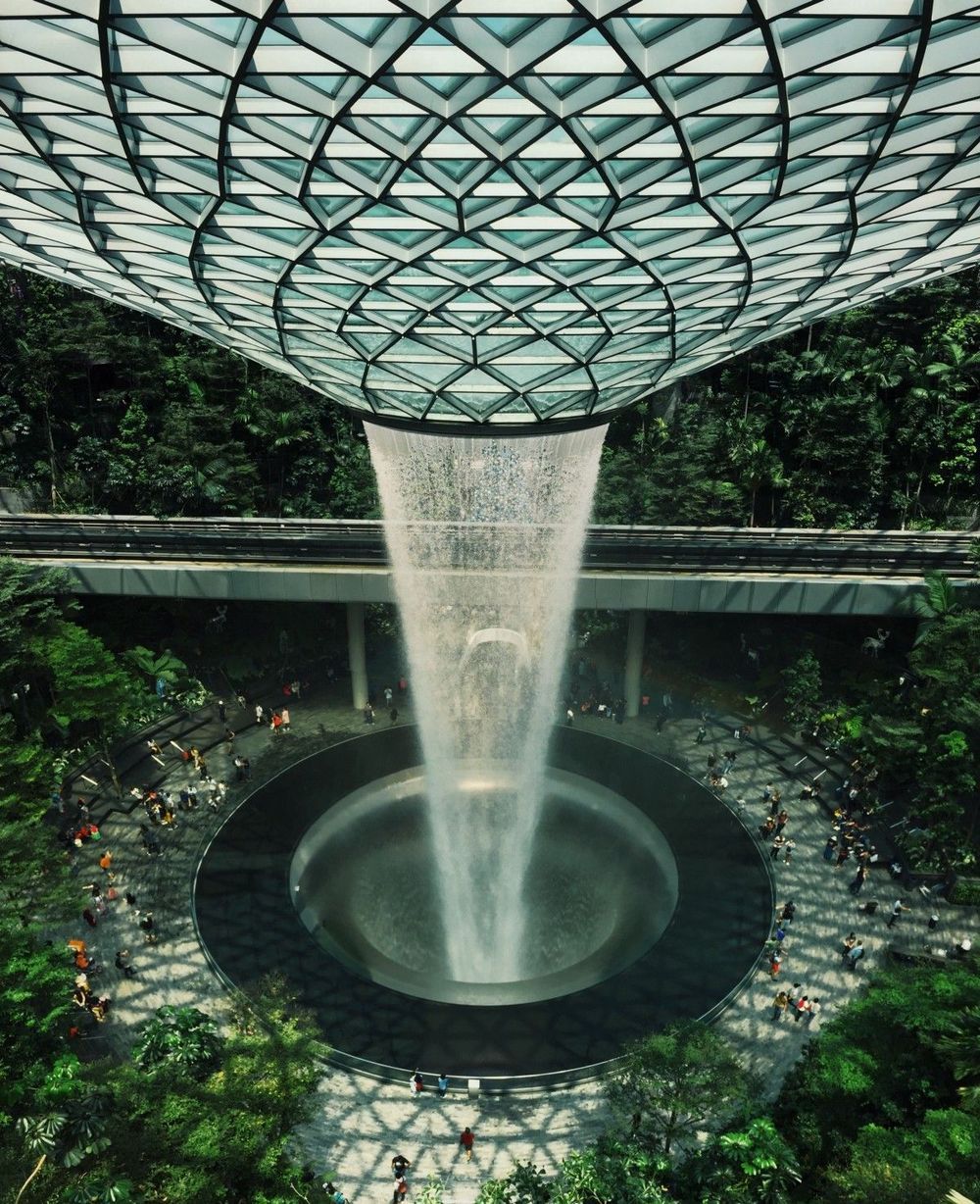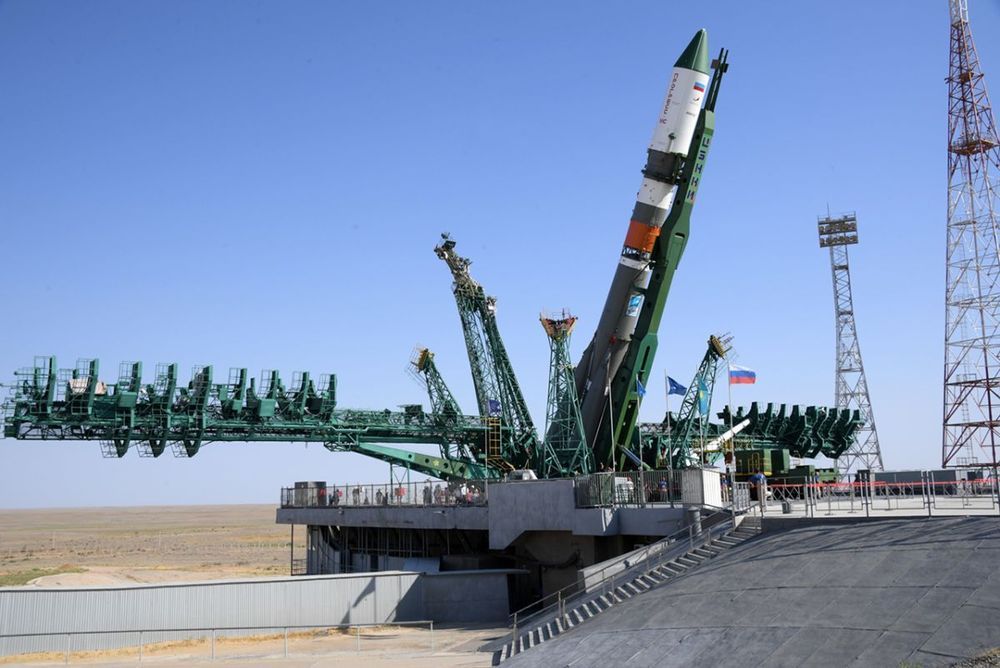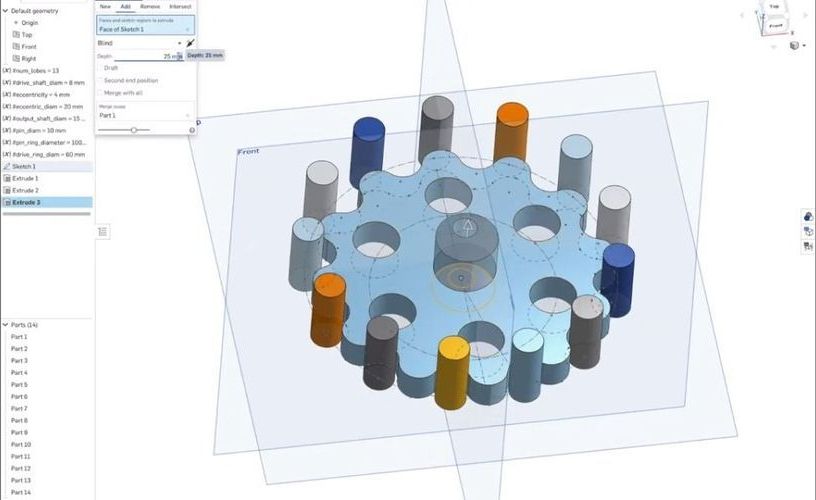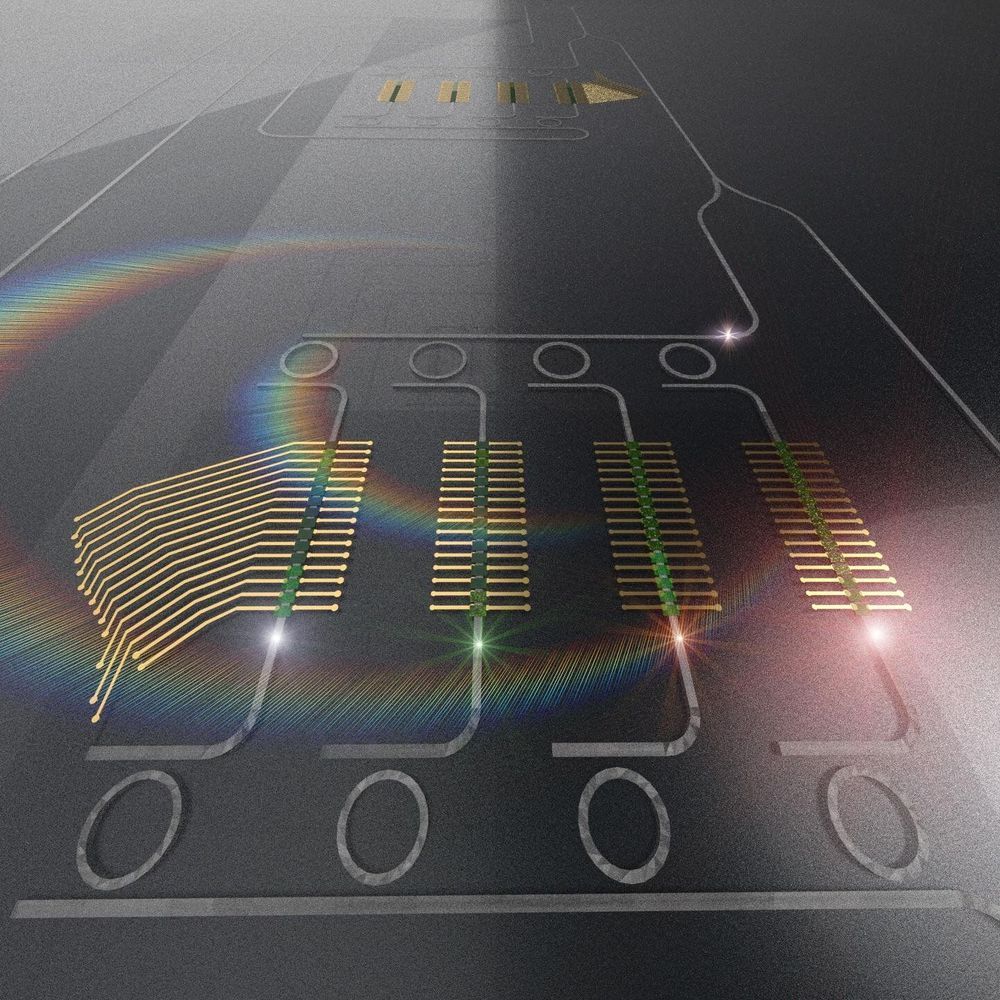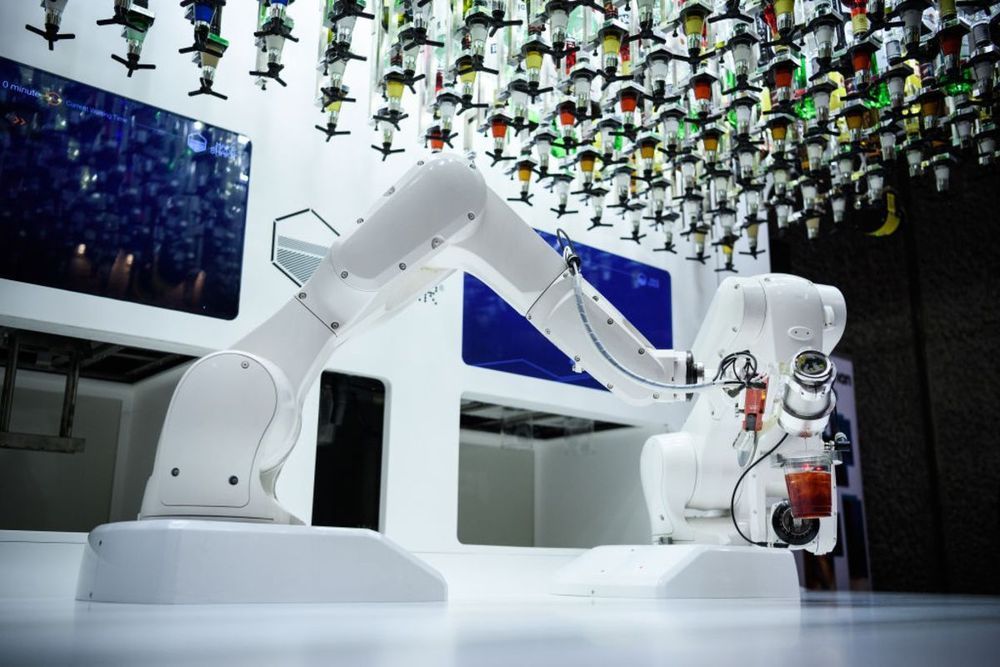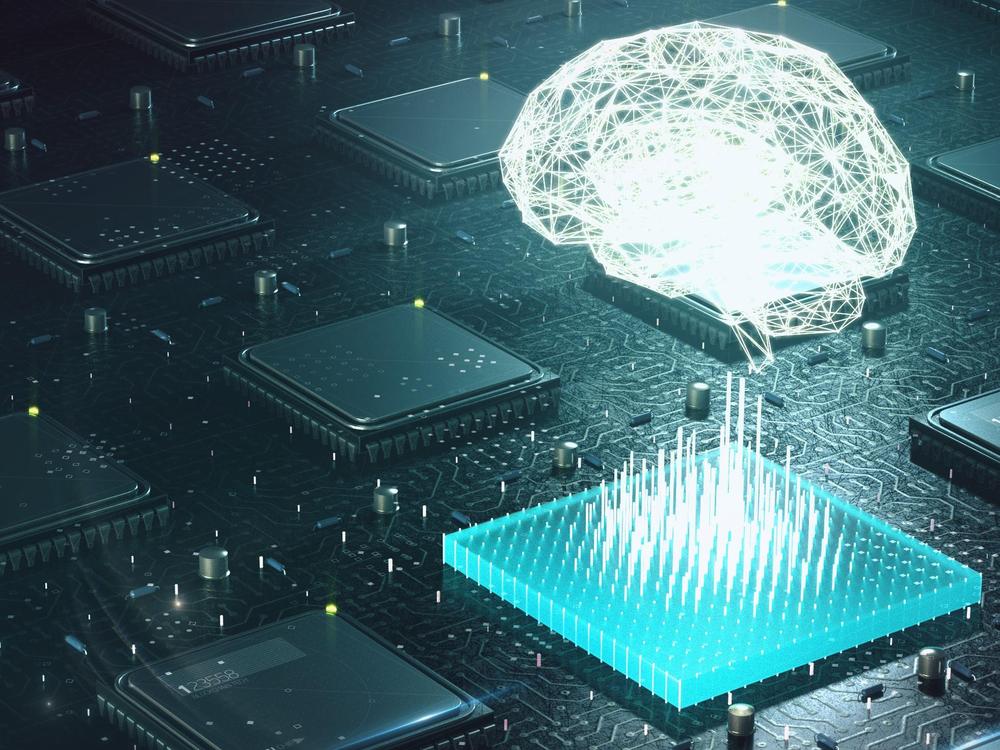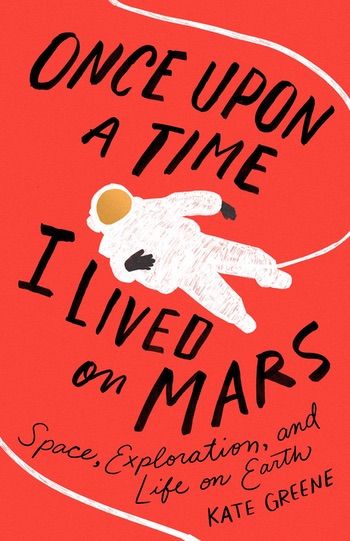Since January, construction has been underway on a huge Gundam robot—a popular fictional robot that appears in some 50 TV series and movies since 1979, not to mention a slew of video games and manga. Coming in at about 60 feet tall, the Gundam will be impossible to miss from the Port of Yokohama, just south of Tokyo, where it will call home for a full year.
Although the COVID-19 pandemic has halted progress on various construction projects, worldwide, the Gundam perseveres. You can check out the progress for yourself in this YouTube video, uploaded by Michael Overstreet.
🤯 There’s so much out there—discover it all. Read the most in-depth tech stories and get unlimited access to every corner of Pop Mech, starting now.

